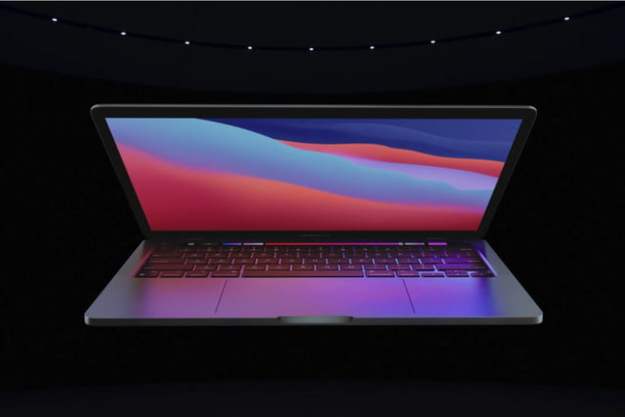
On the surface and deep in its guts, Windows 10 is essentially the same OS on all of these devices. It looks roughly the same, it runs the same basic foundation known as OneCore, and it runs the same apps thanks to the Universal Windows Platform. While there’s a great deal of Windows 10 that’s shared across devices, the Windows Shell, or the environment that we interact with as users, is different — but that might be changing soon, as Windows Central reports.
Basically, the Windows Shell is made up of all of the interactive elements that we use to operate our PCs. Examples include the Taskbar, Start Menu, windows elements, and other components. While these might look the same from one device to another, they’re actually a different piece of software on, say, a Windows 10 Mobile smartphone versus an Xbox One versus a Windows 10 2-in-1.
However, Microsoft is apparently working to create an “adaptive shell” that will run on all device types and, as the name implies, adapt itself to specific device characteristics. This adaptive shell will be called the “Composable Shell” (CSHELL) , and it will present the appropriate user interface depending on the device on which it’s running.
According to Windows Central, Microsoft will start adding the Composable Shell to Windows 10 in the next major updates. And we’ve probably already seen the new CSHELL in action, with some changes to Windows 10 Mobile’s Continuum feature that were demonstrated at Microsoft’s Ignite conference.
As Windows Central points out, the new Composable Shell would be particularly helpful for the upcoming Windows 10 on ARM functionality and could dramatically impact a Surface “phone” device that’s a full Windows 10 implementation on a smartphone-sized mobile device. Only Windows 10 Mobile currently has a shell that runs well on very small screens, and the Composable Shell would fix that problem.
Microsoft continues to turn Windows 10 into a single OS that truly runs everywhere. With a few more updates, it’s looking like all of the pieces will be in place to make that vision a reality — to give users a single OS experience that scales across all of their different devices and give Microsoft a single platform to develop and maintain.
Editors' Recommendations
- Windows 11 hits more devices just as the Windows 10 November 2021 Update deploys
- Windows 10’s update screen will soon tell you if your PC supports Windows 11
- The major Windows 10 redesign could finally be announced at June 24 event
- The Windows 10 app store could get a major update that includes Win32 support
- 7 things you didn’t know you could do in Windows 10


